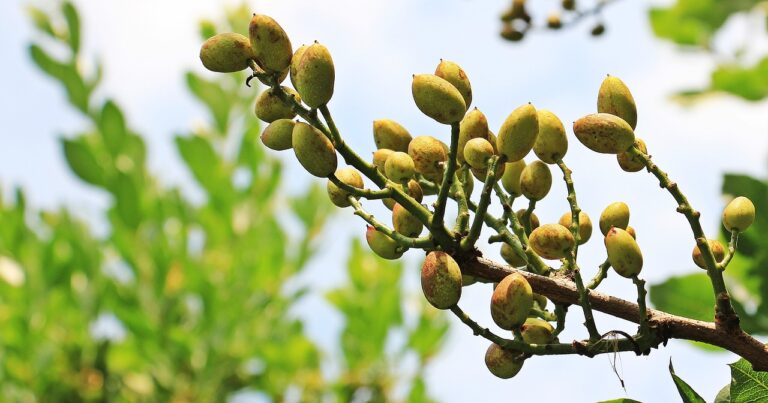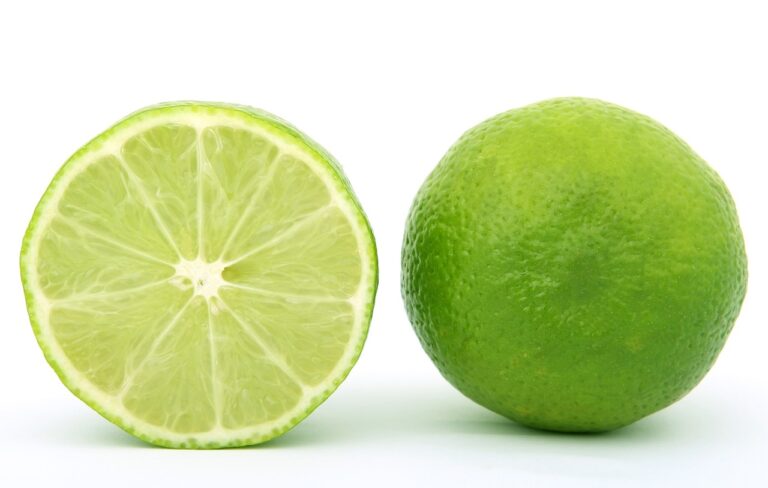The Science of Food Flavors: Understanding Taste and Aroma Profiles
Taste and aroma are two key components that contribute to the overall flavor of food and beverages. Taste refers to the five basic qualities perceived by our taste buds: sweet, sour, salty, bitter, and umami. These tastes are detected by different areas of the tongue and play a crucial role in how we experience the flavors of the food we consume. On the other hand, aroma is the complex combination of scents that are detected by our olfactory system. It is estimated that our sense of smell can distinguish thousands of different odors, adding depth and complexity to the overall perception of flavor.
When we eat or drink something, taste and aroma work together to create a rich sensory experience. The taste receptors on our tongue send signals to the brain, while the olfactory receptors in our nasal passages simultaneously detect the aromas, sending additional signals to be processed. This combined information is then analyzed by the brain, allowing us to perceive the full flavor profile of what we are consuming. Understanding the interplay between taste and aroma is crucial in appreciating and enjoying the diverse array of flavors that exist in the culinary world.
How Taste and Smell Work Together
Understanding the intricate relationship between taste and smell is essential in decoding the complexity of flavor perception. The taste receptors on our tongues can only identify five basic tastes – sweet, sour, salty, bitter, and umami. However, it is through the sense of smell that we are able to distinguish a myriad of flavors by detecting volatile compounds released by food as we chew and swallow.
The olfactory receptors in the nose pick up these aroma molecules and send signals to the brain, where they are integrated with taste signals to create a rich and nuanced flavor experience. This collaboration between taste buds and olfactory receptors is what allows us to savor the subtle differences in food and beverages, making eating a truly multisensory experience.
The Role of Texture in Flavor Perception
Texture is a fundamental component in how we perceive flavors. The way a food feels in our mouths can significantly influence our overall dining experience. From the crunch of a crispy chip to the smooth creaminess of ice cream, texture adds depth and complexity to the flavors we taste.
Our taste buds not only detect the basic tastes like sweet, salty, sour, and bitter, but they also respond to the tactile sensations of food. The texture of food can enhance or detract from its flavor. For example, the creamy texture of a soup can make it feel more comforting and satisfying, while a gritty texture in a dish might be off-putting. Texture plays a crucial role in how we interpret the flavors of the foods we eat.
Texture is a fundamental component in flavor perception
The way food feels in our mouths can significantly influence dining experience
From the crunch of a crispy chip to the smooth creaminess of ice cream, texture adds depth and complexity to flavors
Taste buds not only detect basic tastes but also respond to tactile sensations of food
Creamy textures can make food feel more comforting and satisfying
Gritty textures in dishes might be off-putting
Texture plays a crucial role in interpreting flavors
What is the role of texture in flavor perception?
Texture plays a crucial role in flavor perception as it not only affects the way food feels in our mouth, but also influences how we perceive its taste and aroma.
How do taste and smell work together to create flavor?
Taste and smell work together to create flavor through a process called retronasal olfaction, where aromas from the food travel through the back of the mouth to the olfactory receptors in the nose, enhancing the overall flavor experience.
Can texture alone impact how we perceive flavor?
Yes, texture alone can impact how we perceive flavor as it can affect the way food is perceived in terms of taste, aroma, and even temperature.
How can we enhance our appreciation of textures in food?
To enhance our appreciation of textures in food, we can pay attention to how different textures interact with our taste buds and try to consciously focus on the mouthfeel of the food while eating.







